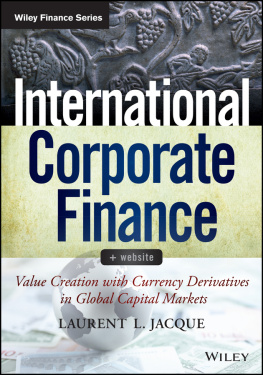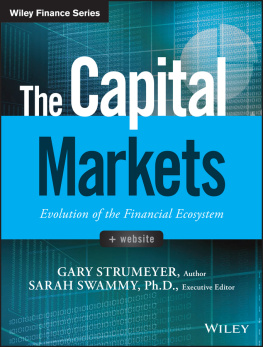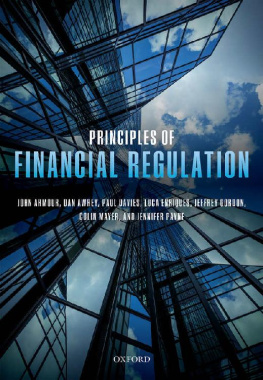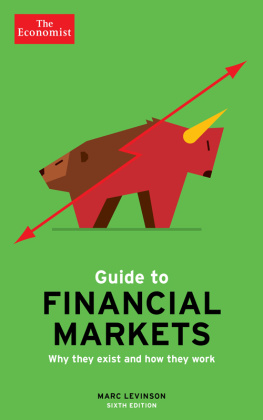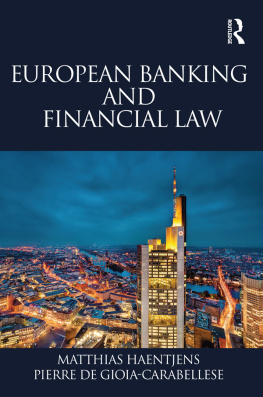Michael Blair QC - Financial Markets and Exchanges Law
Here you can read online Michael Blair QC - Financial Markets and Exchanges Law full text of the book (entire story) in english for free. Download pdf and epub, get meaning, cover and reviews about this ebook. year: 2013, publisher: Oxford University Press, USA, genre: Humor. Description of the work, (preface) as well as reviews are available. Best literature library LitArk.com created for fans of good reading and offers a wide selection of genres:
Romance novel
Science fiction
Adventure
Detective
Science
History
Home and family
Prose
Art
Politics
Computer
Non-fiction
Religion
Business
Children
Humor
Choose a favorite category and find really read worthwhile books. Enjoy immersion in the world of imagination, feel the emotions of the characters or learn something new for yourself, make an fascinating discovery.

- Book:Financial Markets and Exchanges Law
- Author:
- Publisher:Oxford University Press, USA
- Genre:
- Year:2013
- Rating:3 / 5
- Favourites:Add to favourites
- Your mark:
Financial Markets and Exchanges Law: summary, description and annotation
We offer to read an annotation, description, summary or preface (depends on what the author of the book "Financial Markets and Exchanges Law" wrote himself). If you haven't found the necessary information about the book — write in the comments, we will try to find it.
The book provides a comprehensive and authoritative analysis on the regulation of financial markets and market infrastructure. It focuses on stock markets and exchanges, associated trading, clearing, and settlement, and on payment systems, set in their historical and current contexts. The new edition includes updated content in light of all of the recent changes announced to the UK system of financial regulation, and has been expanded to provide a wider international reach including coverage of relevant EU, US and Asian markets. The book examines financial derivatives and the regulation of other specific markets including equity and debt, both on-exchange and off-exchange from UK, European and International perspectives. It also includes associated topics, such as global custody and credit rating.
Since the first edition published in 2007 and following the financial crisis, there have been major changes made, or proposed, to financial regulatory regimes at national, regional and international levels. In the UK and the EU generally the implementation of MiFID has had a significant impact on the shape and structure of the markets. Those changes have been reflected in the work. Institutional revision within the EU, including the creation of five new agencies in the banking and financial areas, and the allied developments on payments and electronic money are covered.
The book examines regional developments alongside domestic measures including the changes to the FSA Handbook (particularly on Listing, Prospectuses and Disclosure), the proposals under the Financial Services Bill, and parallel revisions under the Dodd Frank Act in the US. The publication of this second edition is particularly timely due to new emphasis on the systematically important elements of market infrastructure in European regulation, and the general shift of policy making initiatives from the member states to the central institutions of the EU.
Michael Blair QC: author's other books
Who wrote Financial Markets and Exchanges Law? Find out the surname, the name of the author of the book and a list of all author's works by series.



